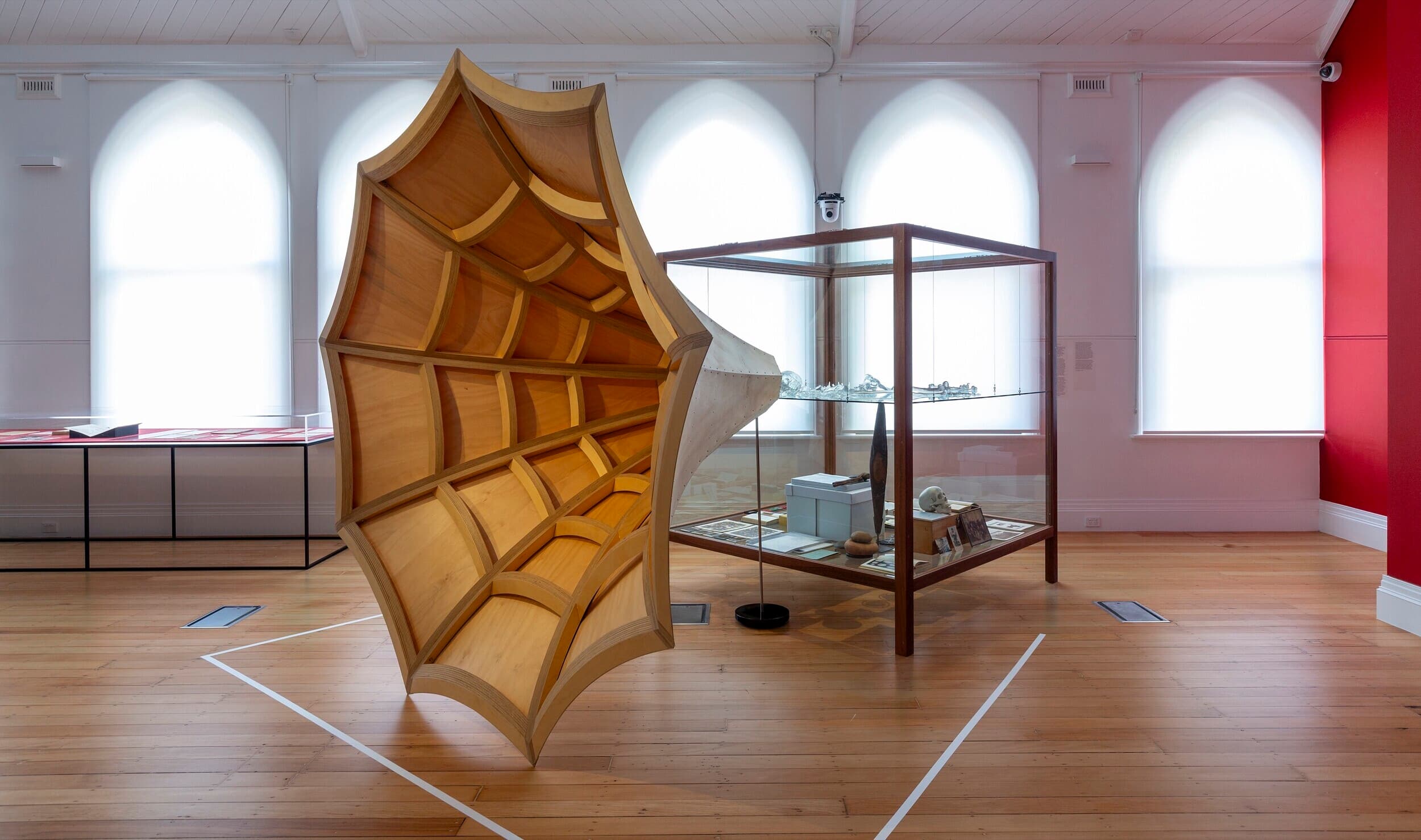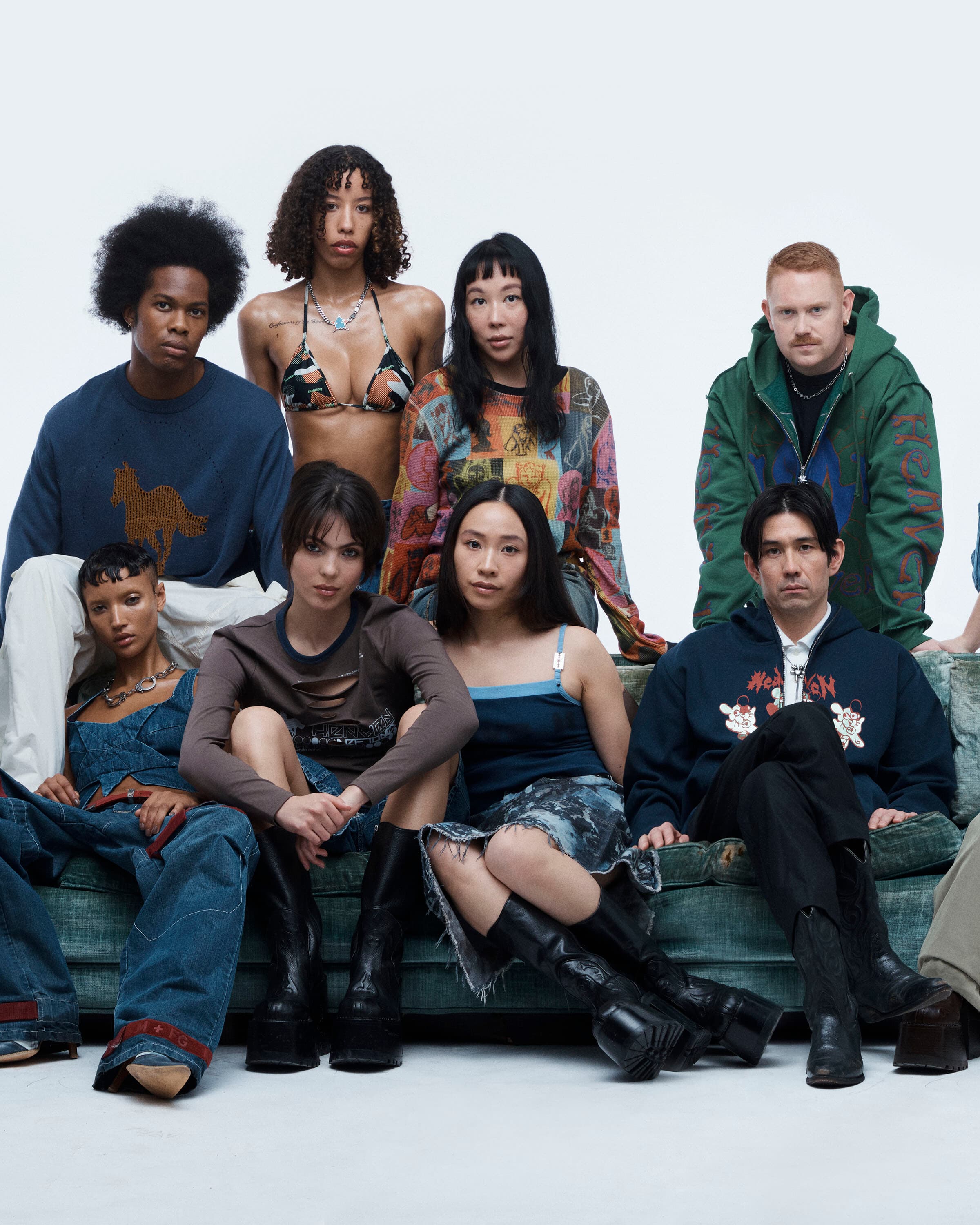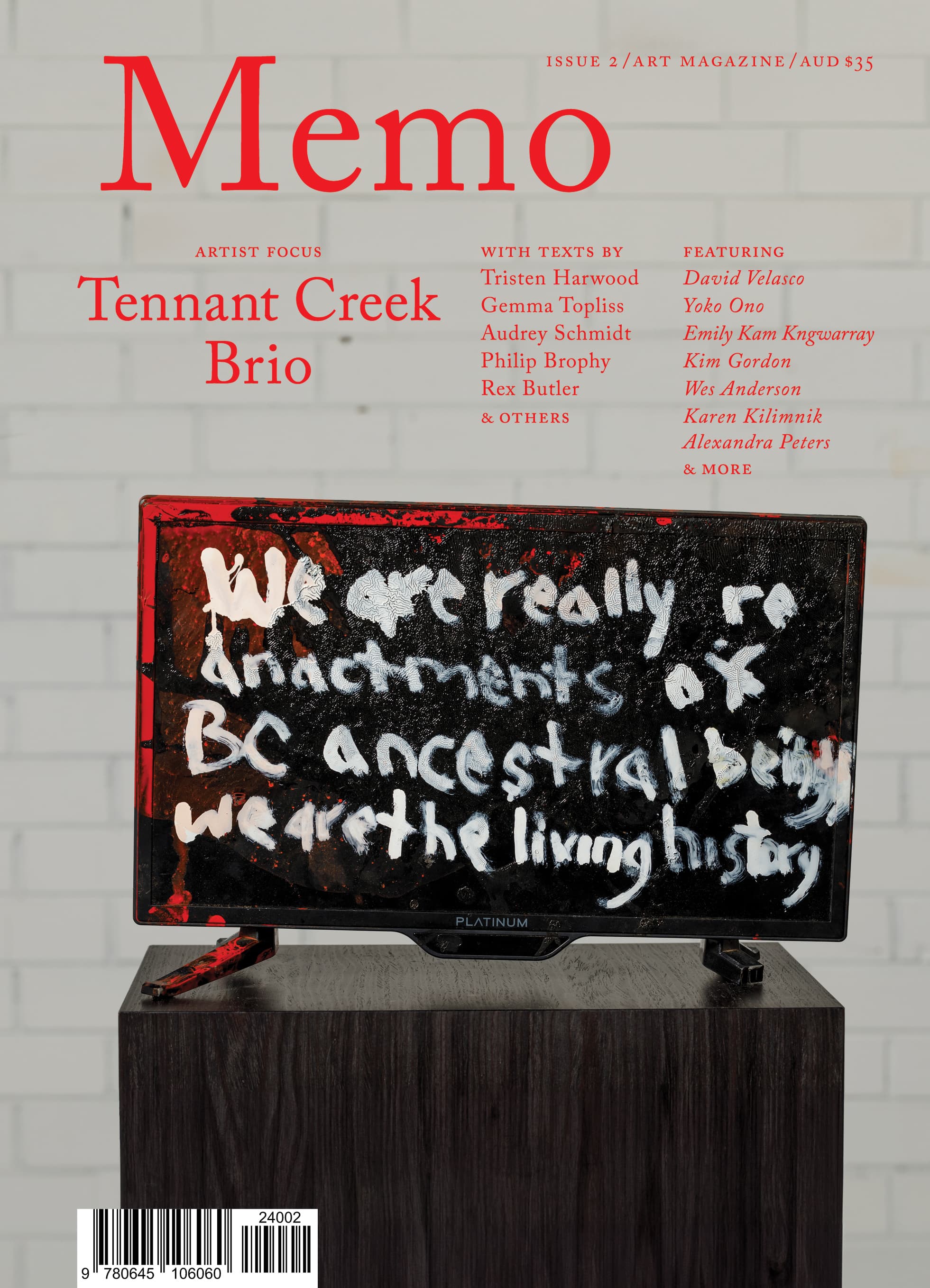Are artist collectives collaborative?
Collaboration has become a buzzword among contemporary art’s cultural bureaucrats and market operatives.
Collaboration has become a buzzword among contemporary art’s cultural bureaucrats and market operatives. This officialdom appears out of step with the non-institutional forms of collaboration suggested by the term “collectivity.” And yet artist collectives, as closed-loop systems, are antithetical to the collaborative wellness mantra we are used to hearing in the global high-end culture industry. In this world, “collectives” of cultural, corporate, and market partners collaborate with artist collectives — often awkwardly, as seen at documenta fifteen, curated by Indonesian-based ruangrupa. Without centralised curatorial power, the mega-exhibition’s bureaucratic structures were not prepared for democracy in practice, despite their virtue signalling.
Exclusive to the Magazine
Are artist collectives collaborative? by Lévi McLean is featured in full in Issue 2 of Memo magazine.
Get your hands on the print edition through our online shop or save up to 20% and get free domestic shipping with a subscription.
Related

Potter Museum of Art, 30 May to 23 Nov 2025. Curated by associate provost and distinguished professor Marcia Langton AO, senior curator Judith Ryan AM, and associate curator Shanysa McConville.

Dean Kissick’s Downward Spiral chronicled the art world’s contradictions with the breathless urgency of an end-times prophet. Now, with the column closed and the critic in semi-exile, the question lingers: was he a voice of his generation, or just another scenester burning out on his own myth?

“There’s no path for the magazine to restore trust in its current ownership.” David Velasco and Kate Sutton reflect on the situation with Artforum and its Summer 2024 issue.
